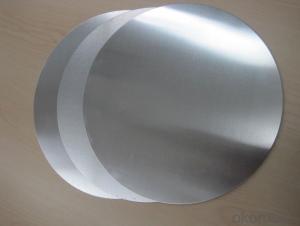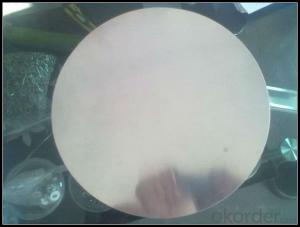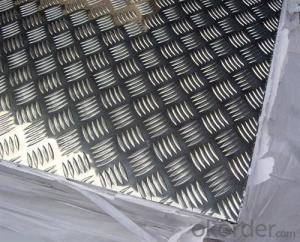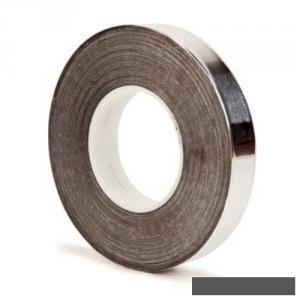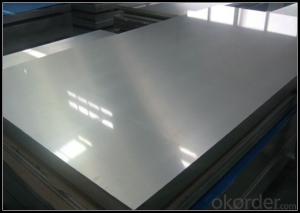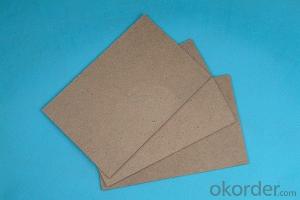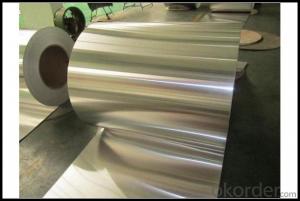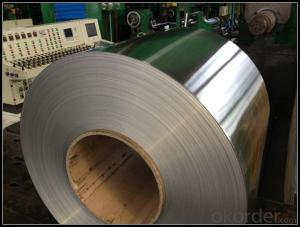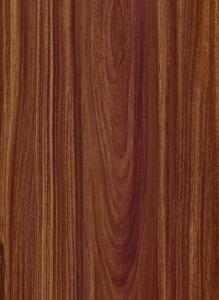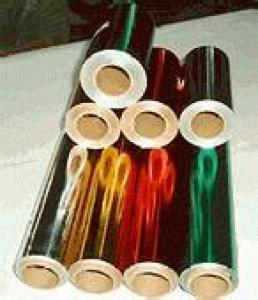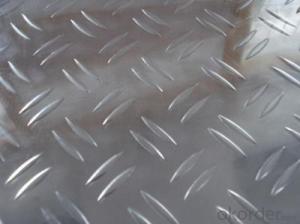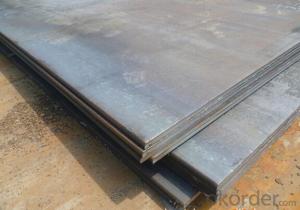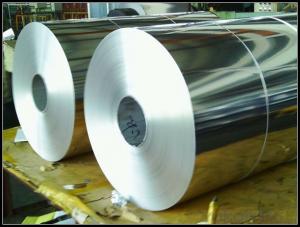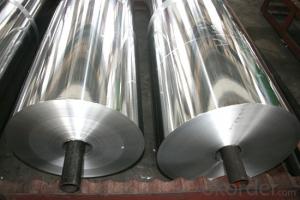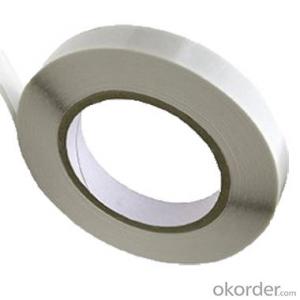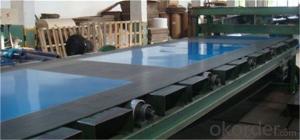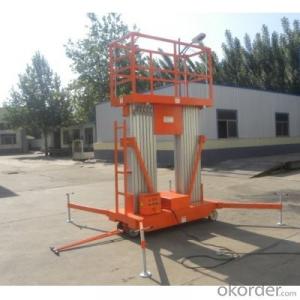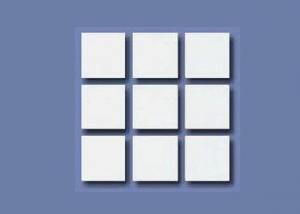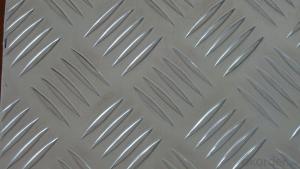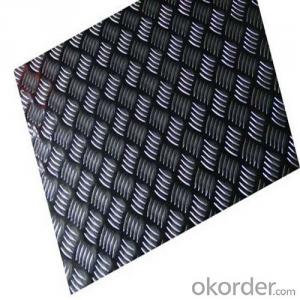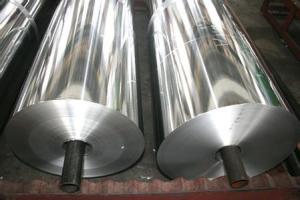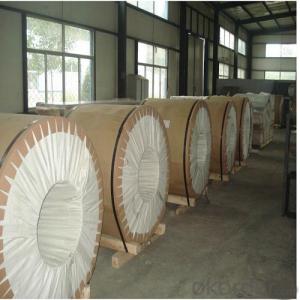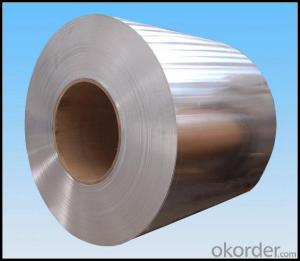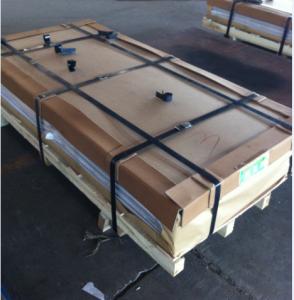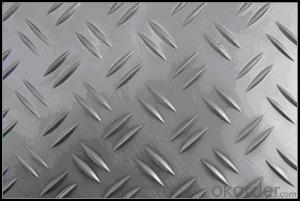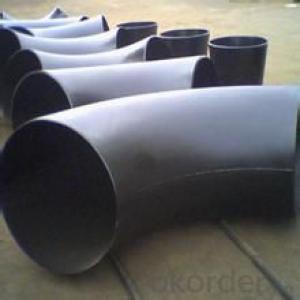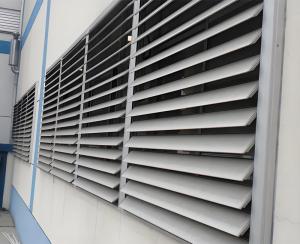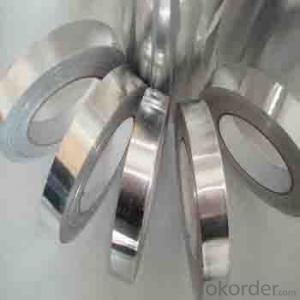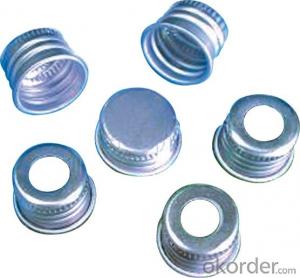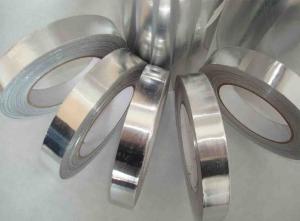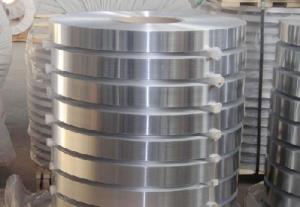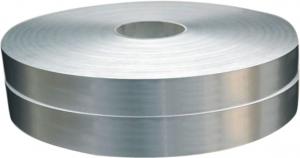2 Inch Thick Aluminum Plate
2 Inch Thick Aluminum Plate Related Searches
2 Thick Aluminum Plate 2 Inch Aluminum Plate Aluminum Plate 1 2 Inch Thick 1 2 Thick Aluminum Plate 1 2 Inch Aluminum Plate 2 Mm Aluminum Plate 2mm Aluminum Plate 1 Inch Thick Aluminum Plate Aluminum Plate 2mm 1/2 Inch Thick Aluminum Plate 2 Aluminum Plate Aluminum Plate 1 Inch Thick Aluminum Plate 1/2 Inch Thick Aluminum Plate 1/2 Thick 1/2 Thick Aluminum Plate 1 8 Inch Thick Aluminum Plate 1 4 Inch Thick Aluminum Plate 1 2 Aluminum Plate 1 Thick Aluminum Plate 3 8 Inch Thick Aluminum Plate 1/8 Inch Thick Aluminum Plate 1/2 Inch Aluminum Plate 5mm Thick Aluminum Plate 1 Inch Aluminum Plate 1/4 Inch Thick Aluminum Plate Thickness Of Aluminum Plate 1 4 Thick Aluminum Plate Thick Aluminum Plate 3/4 Inch Thick Aluminum Plate Aluminum Plate 1/4 Inch Thick2 Inch Thick Aluminum Plate Supplier & Manufacturer from China
2 Inch Thick Aluminum Plate is a robust and versatile product that is widely used in various industries due to its exceptional strength and durability. This type of aluminum plate is known for its resistance to corrosion and its ability to withstand high temperatures, making it an ideal choice for applications where performance and longevity are crucial. It is commonly utilized in construction, aerospace, automotive, and marine industries, among others, where it is employed in the manufacturing of components and structures that require high strength-to-weight ratios and resistance to harsh environmental conditions.The 2 Inch Thick Aluminum Plate is highly sought after for its ability to provide reliable performance in demanding environments. It is often used in the creation of heavy-duty equipment, structural components, and machinery that need to maintain their integrity under pressure. This product is also favored for its excellent thermal conductivity and electrical conductivity properties, which make it suitable for applications in the electronics and energy sectors. Its lightweight nature and recyclability also contribute to its popularity in industries that prioritize sustainability and environmental responsibility.
Okorder.com is a leading wholesale supplier of 2 Inch Thick Aluminum Plate, boasting a vast inventory that caters to the needs of various industries. As a reliable source for this product, Okorder.com ensures that customers have access to high-quality aluminum plates that meet the strictest industry standards. With a commitment to customer satisfaction and a focus on providing competitive prices, Okorder.com stands out as a preferred choice for businesses looking to procure 2 Inch Thick Aluminum Plate for their projects and applications.
Hot Products
